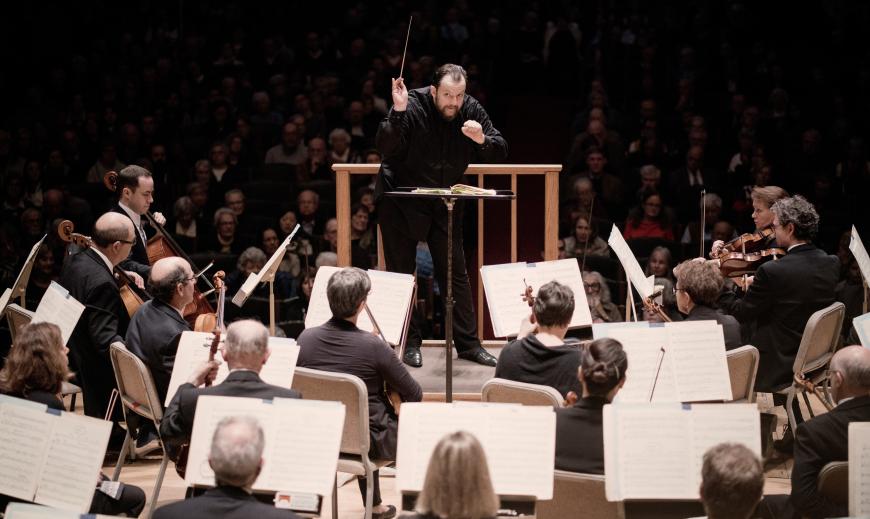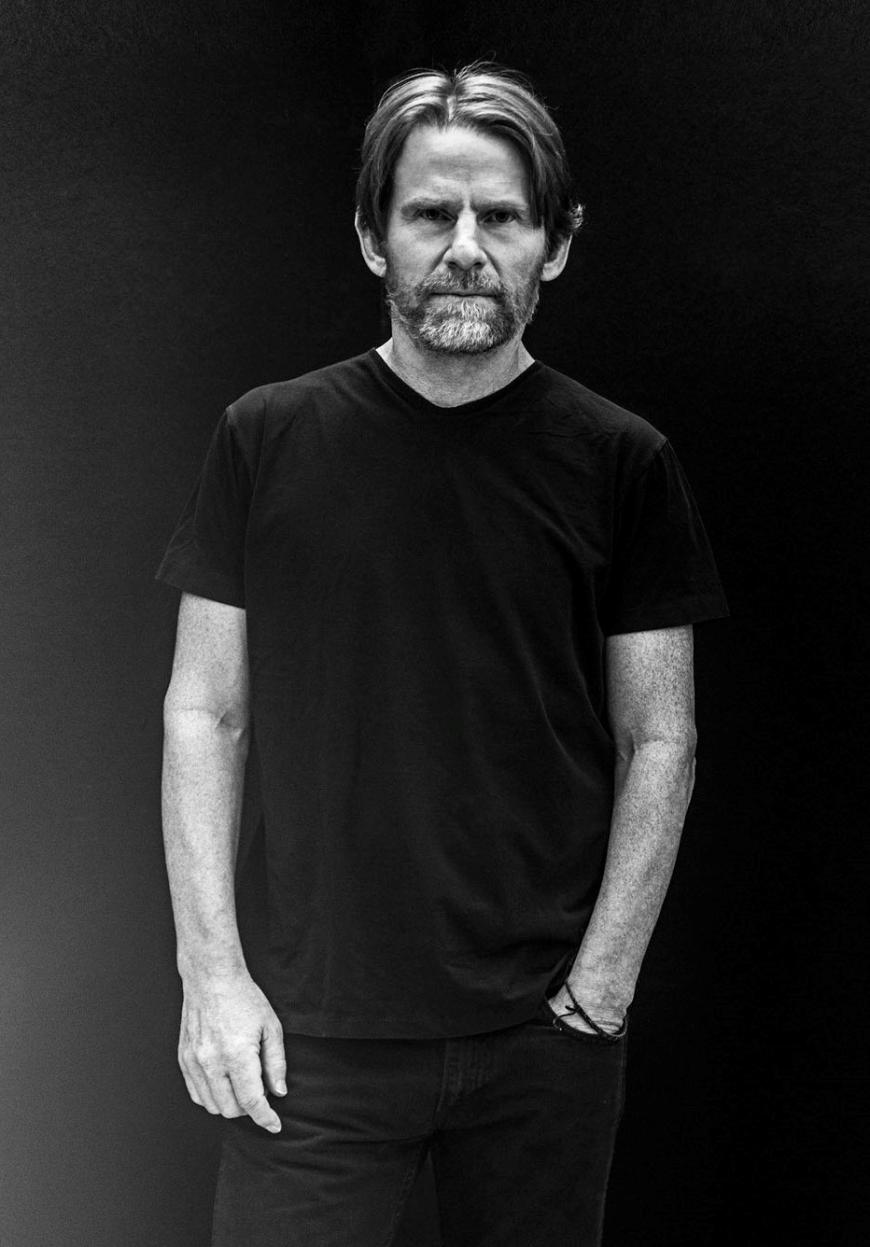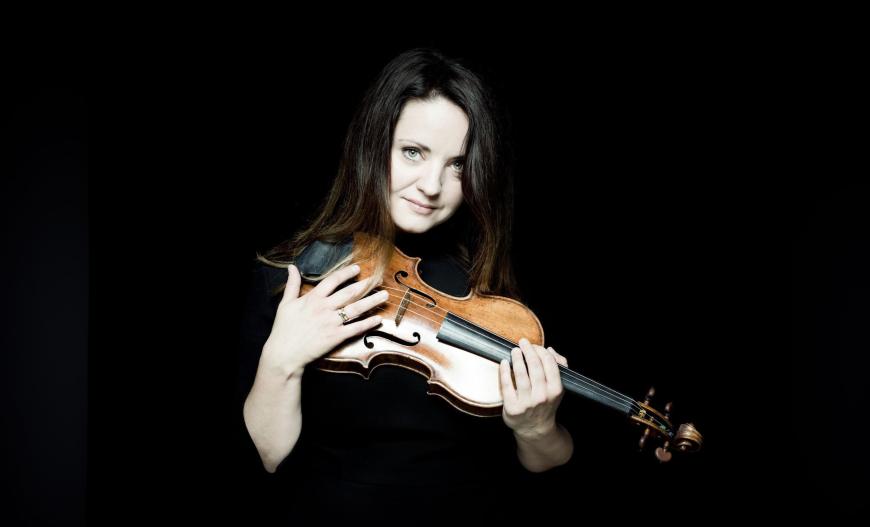
Every two years, the Rubin Institute for Music Criticism convenes in San Francisco, teaching music students across the U.S. about music journalism. SF Classical Voice has partnered with the Rubin Institute to give the program’s top writers more experience in the field with an internship. This year’s Rubin winners, Emery Kerekes and Lev Mamuya, will be with SFCV for six months, reporting from New York and Boston, respectively.
There is a lot of pressure on our country’s finest orchestras. Week after week, these ensembles tackle ambitious programs filled with towering works inside glittering secular cathedrals like Boston’s Symphony Hall. Organizations like the Boston Symphony Orchestra are in the business of trying to deliver the exceptional as the institutional norm.
But even with a great orchestra, not every concert can be transcendent. Saturday, Jan. 28’s performance, under the weight of a nearly two-and-a-half-hour program designed to speak to both Boston’s orchestral present and its past, delivered consistent mastery but only occasional reminders of what makes this ensemble special.

The commissioned work, Steven Mackey’s Concerto for Curved Space, was a well-considered choice. Mackey made a warm pre-piece announcement that contextualized the work within a Boston-based legacy — Mackey has sentimental and academic links to Boston, and his choice of a concerto for orchestra clearly recalled the BSO’s involvement in commissioning the grandfather of the genre. As performed on Saturday night, this Concerto seemed a welcome if modest addition to the repertory. Mackey possesses great command over numerous sonic languages, but in performance the Concerto didn’t fulfill its attempt to ruminate on “musical tradition, interpersonal communication, and cosmology,” as Robert Kirzinger’s program notes claimed.
Mackey can write a riotous, blues-inflected orchestral moment; inhabit quiet, Arvo Pärt-like spaces full of microtonal harmonies; and establish thorny melodic lines that evoke various idioms of Eurocentric 20th-century art music. At many points, this Concerto is nimble as it works through these stylistic realms. But rarely do these musical languages interact substantively or transform each other satisfyingly. As a result, the heraldic brass and Hollywood strings that close the work ring hollow.
In Saturday’s performance, the winds and strings failed to match the percussion section’s rhythmic drive in the opening movement — their darting entrances, while often precise, felt less energetic, disjunct. Electrifying solo playing from the harp, bassoons, and principal strings did bring needed energy, as well as enough sonic diversity to justify the concerto-for-orchestra label, but the ensemble playing didn’t conjure particularly vivid sonic landscapes or musical shapes. Andris Nelsons, as director of these many elements, was dryly precise on the podium, but his muted energy often failed to unify the piece’s disparate elements.
As he retook the stage with violinist Baiba Skride, a frequent and popular BSO collaborator, for Dmitri Shostakovich’s Second Violin Concerto, Nelsons’s energy was warmer. The orchestra is almost through recording the full set of the composer’s symphonies, to great acclaim, and Nelsons and Skride took the stage to amiable anticipatory applause.

Skride’s Saturday performance was indeed engaging in moments, like the concerto’s opening, which reflects quieter and more inward colors of grief. In the slow movement’s tense duets between the soloist and lower strings, she also introduced a denser palette, which conjured an appropriately Oistrakh-ian intensity. (Violinist David Oistrakh was the dedicatee of the concerto.) However, her sound was occasionally overrun by the orchestra in the work’s more outspoken moments. In the first movement’s climaxes, this threat seemed to influence Skride’s body language, turning her closer inward toward the strings to make her presence felt. But by the finale, things reached a manageable equilibrium, and her skittering pyrotechnics soared appropriately above the texture.
Brahms’s Fourth Symphony brought out the greatest heights in Nelsons. In the opening movement’s lyrical themes, he showed the long, expressive gestures and breathtakingly subtle touch around ends of phrases that make his work so exceptional. The orchestra was attuned to this energy, conjuring glowing lyricism in longer lines. But the musicians seemed less captivated by their conductor’s smaller-scale rhythmic directives — the polyrhythmic or hemiola-influenced undercurrents that so often give Brahms’s music its trademark agita lacked a degree of rhythmic tension, and propellant offbeat figures occasionally threatened to fall forward.
Saturday’s program was a well-executed example of the standard product promised by one of the country’s finest orchestras. The group met expectations but failed, save for a few moments, to transcend them. Over a program designed to showcase the BSO’s voice, the ensemble could have spoken louder.



